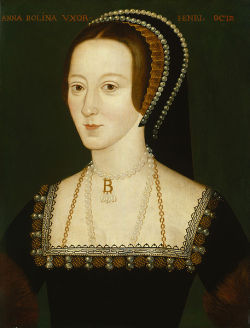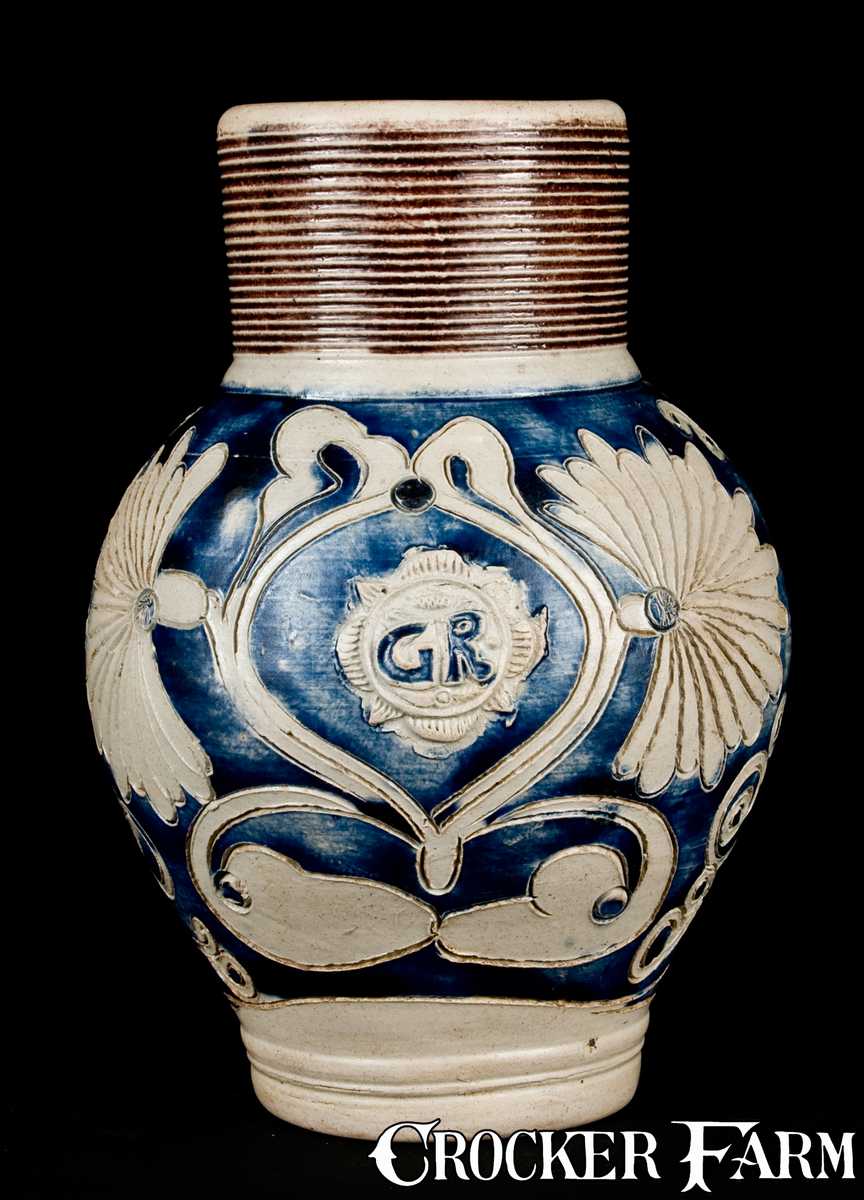Slightly bonkers, last Sunday decided to get up at 6:30am (which as the clocks had just gone back was in fact 5:30) to catch the very early low tide for a mudlarking pick me up.
As I tiptoed out of the house an orange strip of sunrise guided me down the hill. I'm always rewarded when I'm up and out early, why don't I do it more often? My luck was in today the bus I wanted pulled up as I reached the bottom. As I crossed the road, a drunk young Spanish guy head to toe in a red devils costume was pursued by a couple of security guys from Tesco Express, who relieved him of a six pack of larger. A different crowd on the bus this morning - early Sunday workers, each seat held a silent solitary man shifted next to the window. No one was reading or playing on their phone, just staring out into the dark, London masked by condensation on the windows. No mass evacuation at the tube stop, the bus is cheaper.
As soon as the bus manoeuvres itself around Old Street Roundabout and runs down the appropriately named City Road it feels as though I'm into old London. The old displays itself in road names London Wall, Pinners Passage, Threadneedle Street. So busy trying to spy interesting names, I almost miss my stop.
The Thames was so smooth today it looked like a sheet of ice gliding out. A few eddies here and there. As I looked back Tower Bridge was silhouetted against a panorama of orange glow sunrise, kicked myself for not bringing my camera. This was compounded when I met a guy on the foreshore taking pictures. He said he'd been waiting a long time to get this shot, when the sun was rising in exactly the right place, tide out etc. He'd recently been made redundant and was entering his photo into a competition to show them - let's hope he wins. Apart from the photographer, for the first time there was absolutely no one else down there for the whole of my two hour mudlark.
Find of the day and indeed the year was one of my earliest. As I bent down to pick up a slice of medieval pottery I noticed a round object hidden in the stone's shadows. To my delight a small face peered back at me, only 2.5 cm tall it had been separated from its original home at the neck.
 |
| Mudlarking Find: 16th Century Tudor Pottery Head |
I suspect a mould was used to create the head, then covered in yellow glaze. Perhaps most touching is the thin looped strip of red clay which makes the top of headdress. The headdress is probably a French hood which originated in Brittany, first worn by Ann Boleyn in the late 15th century and became popular in Britain in the 1530s. Apparently it continued to be worn in Britain until the early decades of the 17th century. The headdress above looks as though it covers the woman's hair, I believe a veil would have hung down at the back. Do the holes represent beading as in the pictures below?
I wonder what it came from- a figurine, attached to some kind of vessel? The stabbing looks rather hurried and the right eye hole is slightly bigger than the left, perhaps they were produced in large quantities. I've never seen anything this old made with what appears to be two different type of clay. I'm guessing that this is 500 odd years old, we'll see what the Museum of London has to say.
Update
A follower (Merrywebb) let me know this find was similar to a 17th C head she found in Virginia US, which they concluded was from a brazier made in Saintonge France. This sent me to google images again, where miraculously I came across the image below described as ' a German bi-chrome whiteware figurine dating to the 16th century. The female has an elaborate hair style of plaits which are coiled back and up around a flaring headdress. The fabric is off white with buff surfaces and a yellow lead glaze. Stabbed detail has been added to the hair and eyes and the hair is picked out by a purple-brown glaze. A similar figurine is published in Hurst, Neal & van Beuningen (1986:237 no. 356 fig. 112) which is dated to the 16th century. The authors note that figurines were made in several centres in Germany particularly at Aachen and Cologne. The figurines are mould-made. The headdress on this example is not as elaborate as the published example but both are unglazed on the centre back of the head-dress'. The second picture shows the 'type' of body it could have come from. The plot thickens.
 |
| An Boleyn copy of lost original of 1533–36 |
My husband who is becoming rather exasperated with my mudlarking craze, has asked me to limit what I bring back and to stop picking up more of the same. So in that vein I'm no longer going to post all the days finds - weaning myself off popping as much in my bag is another matter.
I've been hoping to find a Westerwald 'G R' - (George I & II , 1714-1760), so very happy to find the 'R' at least.
 |
| Mudlarking Find: 'R' from Westerwald GR Medallion |
 |
| Westerwald Mug 1770 (Croker Farm) |
A big chunk of Stoneware with writing, whilst there are some good leads on here, no luck yet in identifying what it might have come from or where.
 |
| Mudlarking Find: Stoneware with writing |
I do like finding a section of vessel rather than just a shard. I'm almost certain this is a drinking jug or beaker from Germany sometime between 1301 - 1610, a massive date range but I can't make out if it's from Siegburg or Raeren. Both made stoneware in mid grey with an iron wash which I think gives it the orangey brown colour and a glossy ash glaze, with thumbed decoration at the bottom. Both appear to have been imported to London in huge quantities.
 |
| Mudlarking: German Drinking Jug 1301- 1610 |
 |
| Raeren drinking jug 1481-1610 (MoL) |
I can't locate anything that matches the base of the vessel below. The glaze is similar to that used in Staffordshire in the 17th century and was achieved by dipping. The clay is similar in colour and texture to the shards I've found from black tygs.
 |
| Mudlarking Find: steaky brown glaze |
Two nice pieces of hand painted pearlware. Getting quite good at identifying if blue and white shards are from pearlware now, it's the bluish tinge which gives it away, if there is a ridge on the fragment it's easier to pick out as the glaze puddles a bit.
 |
| Mudlarking Finds: Pearlware Teapot Spout and shard from saucer. |
Two bits of transferware worth putting up.














Great story, as well as great find. Thanks.
ReplyDeleteLove your blog, very interesting from a novice(very) potters point of view. The brown streaky glaze pot base is a piece of Sussex pottery i suspect. How big is the base? I'll have a closer look at my photos from Hastings museum.
ReplyDeletehttp://garrett-life.blogspot.co.uk/2012/05/big-old-sussex-pottery-jug.html
Hi Scott, just pulled it out of the box, the round base is 6.5cm across, thanks for taking the trouble to do a bit of detective work! Julia
DeleteHi Julia
DeleteJust seen your reply. I think it might be the base of a monebox. I had my hunch when i first saw it. They made them two or three stacked, squat and bulbous. I guess many would get smashed too when the money was needed as they had no stopper! The size seems about right and i have photos of some of them in the museum here in Hastings. I will forward one on when i get back down my studio (and get on my main machine!) on Monday.
I found these here on my blog
Deletehttp://garrett-life.blogspot.co.uk/2011/12/sussex-inlaid-slip.html
and there's a simple, single chamber one here, but not in that lovely, streaky, iron rich, sussex clay of your shard.
http://www.mymuseumoflondon.org.uk/blogs/blog/the-theatre-archaeological-dig-5-2/
Awesome find! what a great little piece, and I'll bet you're right that there were beads there for the headdress. I love the court pieces - it such great inspiration for my jewelry making. My latest one is an Avalon inspired lariat.
ReplyDeleteI don't always post a comment, but I have been following your blog. I have learned so much from your mudlarking adventures! It inspired me to sleuth a piece I got from my parents who found it along the banks of the Columbia river (the oldest settlement west of the Mississippi). Please don't laugh! we don't have the same richness of heritage you have there in the UK! Nonetheless, it was fun to try to figure out what this piece was. I have a post in the hopper to talk about it - just haven't had a chance to finish it up yet.
Thanks for taking the time to comment, look forward to reading about the story when you publish, Julia
DeleteTook me awhile, but I did feature you in a post today :)
DeleteBest find IS the head and a real beauty. I've been reading your great blog since May and have been greatly suprised at the quantity and quality discovered. I made my first unplanned venture on to the Thames foreshore in October, during a visit to Greenwich, and while waiting for the ferry back to the city centre I had literally five minutes on the shore. Though I didn't find anything of great importance, I still managed to recover seven pottery fragments of Roman, Medieval and 19th century origin; a modern sterling grade silver finger ring in the form of a cobra snake; a piece of blue poison bottle glass; 6 clay pipe shafts and some teeth from the lower jaw of a sheep's head, in a semi-petrified state. All this in five or six mins! I can't wait to visit again. Keep up the good work.
ReplyDeleteGreenwhich sounds such a good spot for a mudlark, I really must get down there, impressed with your 5 minutes larking, I found a huge gold ring studded with small pink gems, for a few hours I thought I'd struck lucky until the teens of course worked out it was 'a fake'! Julia
DeleteHello! I'm a costumer who does a lot of research on 16th Century outfits and textiles - yes, the head you have appears to be from about the 1530's/1540's. Is there any chance you could take a picture of it from the back? I'd be curious to see if there was any way to attach a hood or what else it might look like. Thank you!
ReplyDeleteHi Isabella, I've tracked down a similar find the link below gives you a view of the back - the same on my find http://finds.org.uk/database/artefacts/record/id/518114
DeleteBest wishes Julia
The head resembles one we found in Virginia from a 17th century context. It was part of a brazier made in Saintonge...
ReplyDeleteBrilliant! Thank you so much for your comments on several posts which help us puzzle out what these things are. This comment led me to this find on PAS database which is almost an exact copy, they suggest it is from a figurines from 16th C Germany - the plot thickens... Julia http://finds.org.uk/database/artefacts/record/id/518114
Deletehttps://www.facebook.com/pages/Ceramics-in-America/240354719316500
ReplyDeleteI would love to be in contact!
somerwell@aol.com
Hi Julia
ReplyDeletere The pottery with the impressed writing on it
There is a Devonshire Square behind Bishopsgate in the City, if you have an idea of it's age you could look in a trade directory in your local library maybe just a thought
Regards Richard